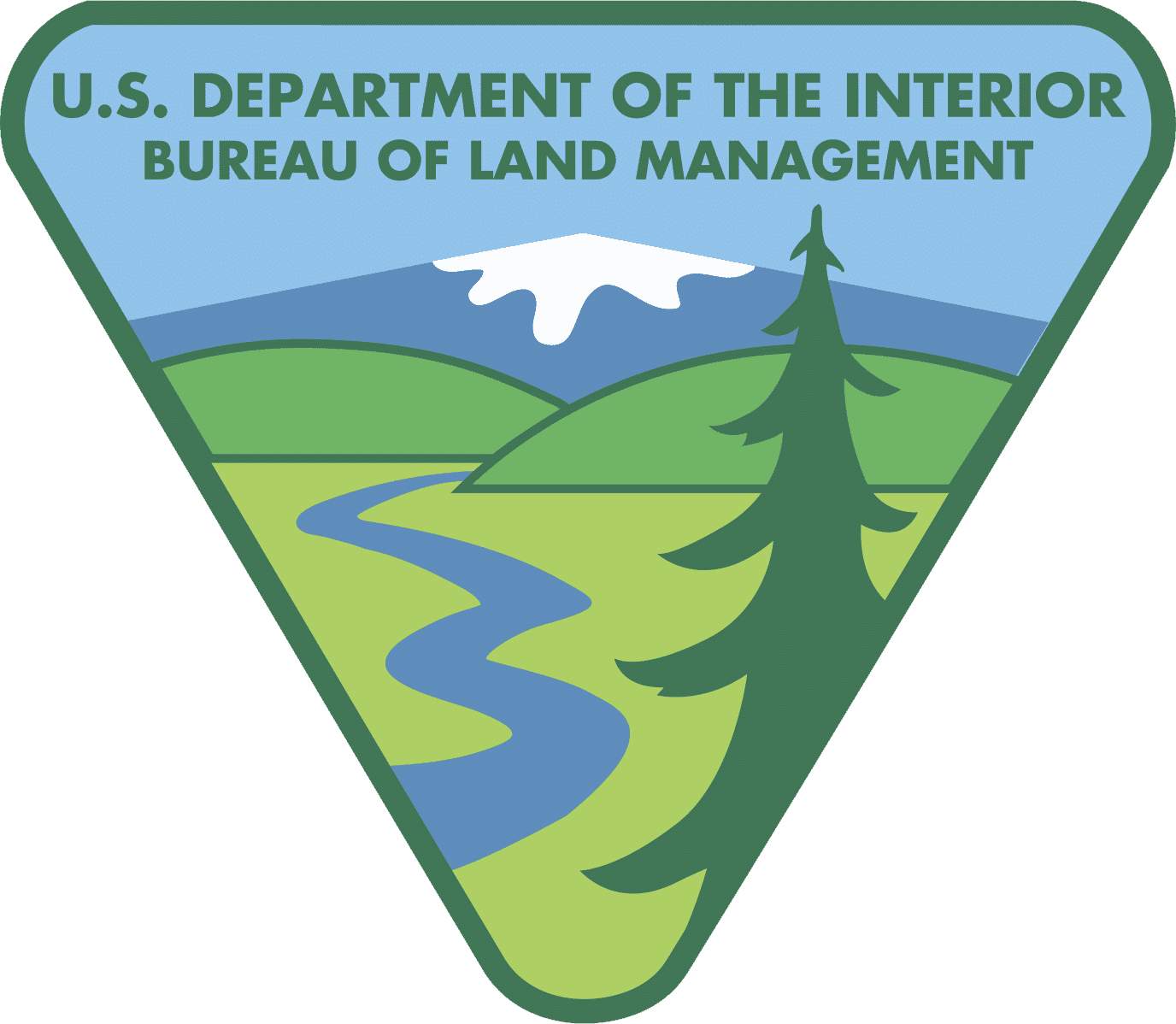
Secretary of Interior David Bernhardt has been working for over six months to relocate certain senior Bureau of Land Management (BLM) personnel out of Washington, DC to offices located in the interior west. As a native Wyomingite I can speak from personal experience that this is the correct move, although long overdue, providing me with a rare opportunity to praise a federal agency (rather than challenging their actions, which is my usual role).
BLM manages 245 million acres of land, 99.99% of which is located in eleven western states and Alaska. In Wyoming, with a total acreage of 62.604 million acres (9th largest in terms of land area), BLM manages 18.4 million acres of public land, and over 42 million acres of federal mineral estate. While there are many BLM employees who live and work in the west, the senior officials—those who make the decisions—live and work in Washington, DC, a place that could not be more different than the lands that they manage and oversee.
Wyoming is not just a state, it is a community, often described as “a big town with really long streets.” We know and understand what is happening in the Red Desert, even if we live in Cheyenne. We fully recognize that irrigation practices are different in Saratoga than they are in Sheridan. We know the impact that land management decisions have on our fellow Wyomingites. We understand our surrounding “resources” because they are the natural environment in which we live, travel, and work.
Having recently spent considerable time in DC I can now contrast my experiences, noting that the “natural environment” is, to put it mildly, a bit different. In DC you are lucky if you look at the person sitting next to you on the Metro, or even notice that someone has sat down. The “natural environment” is controlled by streetlights, “Walk” and “Don’t Walk” signs, concrete, pavement, buses, glass and steel. My wildlife viewing has been largely limited to the occasional squirrel. While I love DC, it does not scream “natural” or “wide open vistas”; it is as far removed from the “reality” of Wyoming as is possible, especially when it comes to BLM lands.
Why is the foregoing important to the issue of moving federal employees to the west? Because knowledge is the key to effectiveness, and a lack of true knowledge and understanding can have devastating consequences to the resources being managed and the local community.
Simply put, when dealing with land and natural resource management you must have an intimate knowledge of local conditions and customs. You need to understand such things as the local hydrology, weather patterns, wildlife corridors, growing seasons, vegetation, soils, elevations, grazing conditions, fire risk, noxious weeds, and water resources (among others). It is common in Wyoming, for example, to simultaneously have a localized drought in one area, with above-average precipitation just a few miles away. It is common for one area to experience a harsh winter (with the attendant impacts on everything from wildlife survival and migration to vegetation cover), while below average snowfall is experienced nearby.
Those of us who live in Wyoming (and Colorado, and Montana, and New Mexico, etc.) know of these differences, and their importance for making timely and effective land and resource management decisions. Private landowners make decisions based upon the conditions right in front of them at that particular time. They do not (nay, cannot) wait to move step-wise through five levels of a federal bureaucracy to make decisions about how to deal with an invasive species. They do not rely upon decadal “resource management plans” when confronted with an issue that requires a quick response. They move and they move quickly, as their livelihoods depend upon it. They do not allow someone who is thousands of miles away and who has little on-the-ground knowledge about “Wyoming” dictate how they are going to manage their lands. We as the owners of the BLM lands, shouldn’t either.
Long-distance management of natural resources results in a one-size-fits-all approach that ultimately ignores the most critically important aspect of local conditions. It is the local communities, however, that suffer from that ignorance. Increases in catastrophic fires, the devastation of lands through the invasion of noxious weeds and prairie dogs, ever decreasing lands being available for grazing, and limiting public access are just some of the consequences of bad decisions coming out of DC. BLM’s effort to address some of these problems by moving the decision-makers to those areas most affected is a step in the right direction.
The opponents of this decision have warned of a “brain drain” if BLM proceeds with this plan. They claim that BLM’s senior personnel would choose to quit rather than leave DC and move out west. Their threat underscores my point; they don’t know what they don’t know. The “brains” of western land and resource management are already in the west.
“Absentee landowners” do not generally have the experience or ability to effectively manage millions of acres of land while sitting at a desk in Washington, DC. I appreciate BLM’s recognition of that fundamental fact.
